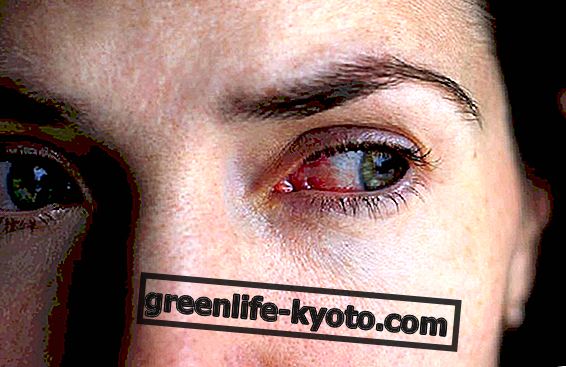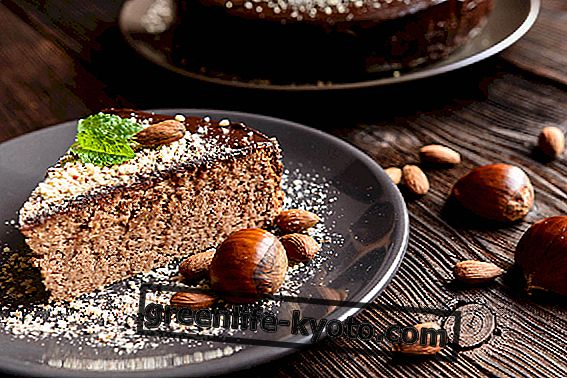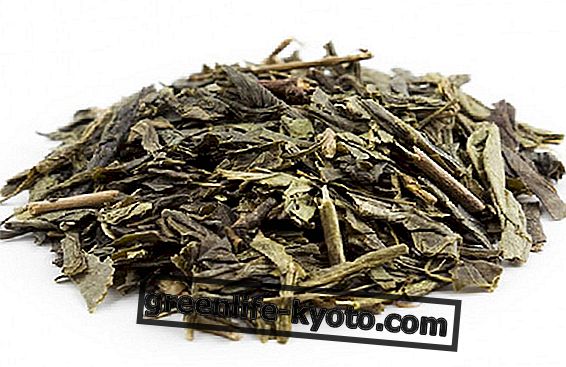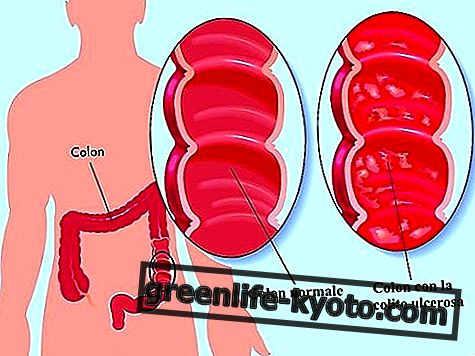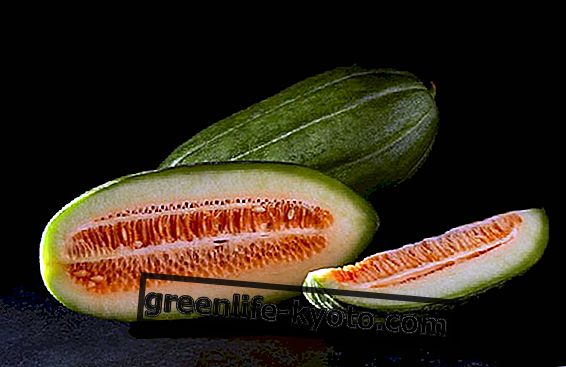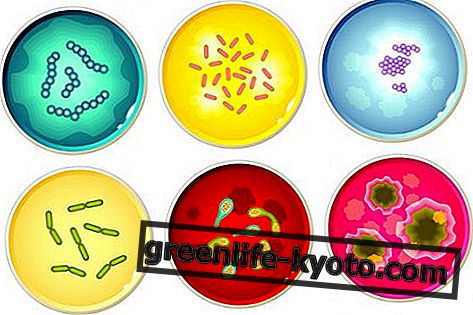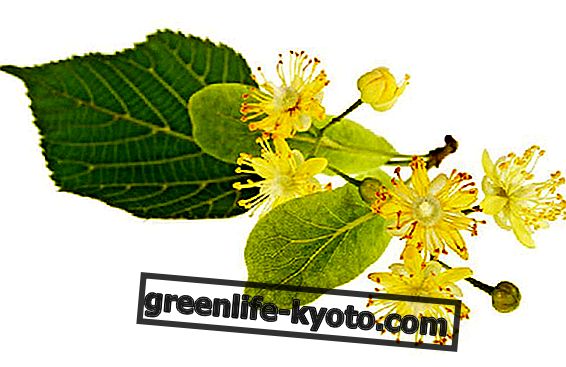The olive dye is an excellent anti-cholesterol, antibacterial and anti-glycemic, useful for heart, pressure and arteries. Let's find out better.
>
>
>
>

Properties of olive mother tincture
The olive, or olive tree, is a plant native to Asian countries, soon arrived also in Europe, where it found favorable climatic conditions, especially in the Mediterranean basin. The parts used are the leaves, often dried and crushed and the fruits.
The properties of the olive are linked to substances such as saturated and unsaturated fatty acids; triterpenes, flavonoids; oleuropein and elenoid . The leaves, which are used to make the mother tincture, have anti-glycemic properties, anti-cholesterol, help to regulate blood pressure, lowering it, as they have a diuretic and vasodilator effect. In particular, it is lactone glycosides (elenolide and oleuropein) that act as hypotensive and vasodilator.
The taste of the mother olive tincture can be defined as an ariomatic-unripe one.
Description of the plant
The olive is an evergreen plant belonging to the Oleaceae family, native to Asia Minor.
The tree is of medium size, very long-lived (it can even live for a thousand years) and with a twisted trunk; the opposite leaves are lanceolate, green and silvery in the lower part due to the presence of hairs.
The flowers are small and white and gathered in clusters; the fruit, the olive, is a small oval drupe, very rich in the well-known oil. Currently the olive is cultivated in many regions with a warm and temperate climate, especially in the Mediterranean basin, but also in America and Australia. It is now recognized the existence of numerous types of olive trees in cultivation in Italy, it is estimated that there are more than 500 cultivated varieties, including leccino, casaliva, pisciottana, coratina, moraiolo biancolilla, frantoio, taggiasca, moresca, carolea, each with different characteristics that vary from place to place.
When and how to use olive leaf extract?

How to prepare the mother olive tincture
The olive dye is a hydro-alcoholic preparation obtained by cold maceration in a hydro-alcoholic solvent, obtained from fresh leaves .
use
The olive tree tincture is used for the treatment and prevention of diseases connected with the kidney, bladder, liver and blood organs. The extract and mother tincture of olive leaves are also effective in fighting microbes, viruses, bacteria, fungi (for example candida) and parasites (intestinal worms).
As already highlighted, the mother dye improves the condition of the arteries, improving elasticity, promoting blood circulation, reducing high blood pressure and preventing the development of other forms of heart disease .
Relieves inflammation, especially related to rheumatoid arthritis, helps strengthen the body, fighting the action of free radicals; finally it stabilizes the level of sugar in the blood, which can have positive consequences for those suffering from diabetes.
Generally we recommend a dosage of 30-50 drops twice a day, during or just after meals, obviously after consulting a doctor or specialist in the field.
No particular contraindications were noted, except in relation to individual hypersensitivity. Some side effects have been reported with gastric irritation if taken away from meals.
